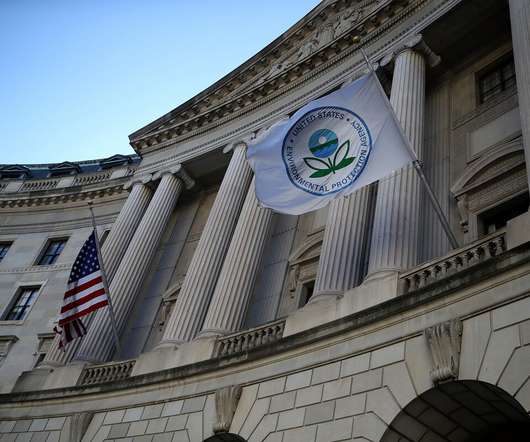EPA’s annual automotive trends report shows slight increase in fuel economy from MY2017 to MY2018
Green Car Congress
MARCH 3, 2020
Tesla improved fuel economy (as measured in miles per gallon of gasoline equivalent, or mpge). Since MY 2004, CO 2 emissions have decreased 23%, or 108 g/mi, and fuel economy has increased 30%, or 5.8 Preliminary data suggest further improvements in model year 2019. Source: EPA.




























Let's personalize your content